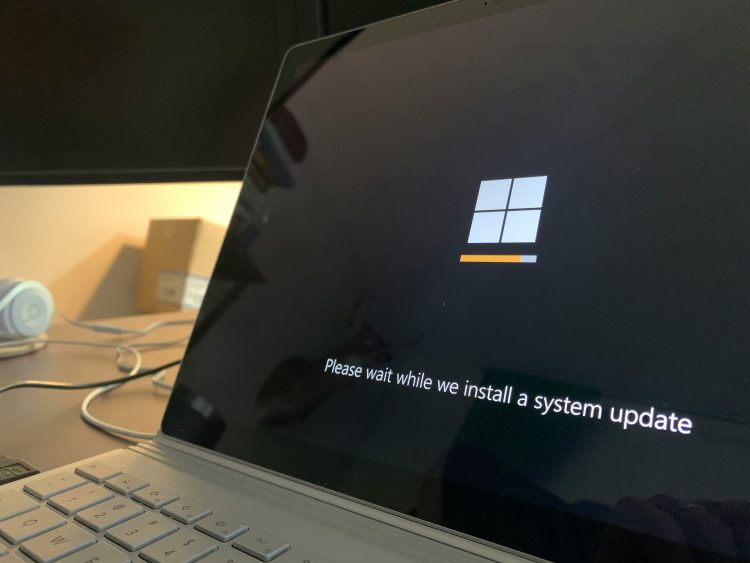Microsoft Azure layoffs recently made headlines when the tech giant announced major reductions in its workforce. These layoffs primarily affect Azure for Operators and Mission Engineering, which are integral parts of Microsoft’s Strategic Missions and Technologies (SMT) organization.
Emerging reports say that as many as 1,500 employees will be affected. These developments draw people’s reaction to the news of layoffs after technology companies’ investments in artificial intelligence.

Microsoft Azure layoffs ripple through the workforce
The Microsoft Azure layoffs are an unintended and severe consequence of strategic realignments within the company. At the center of these changes is Microsoft’s SMT organization, which oversees advanced technology projects such as quantum computing and space exploration. This organization is led by Jason Zander, former vice president of Microsoft Azure. The layoffs are attributed to a shift in focus as Microsoft redirects its investments into artificial intelligence and other strategic growth areas. This shift has led to the halting of certain projects, including previews for Azure Operator 5G Core (AO5GC) and Azure Operator Call Protection.
Following reports from Business Insider, CNBC reported that in addition to the Microsoft Azure layoffs, Microsoft’s mixed reality division is also affected, including people working on HoloLens 2. Despite these layoffs, Microsoft remains committed to its current projects, such as the US Department of Defense’s Integrated Visual Augmentation System (IVAS) program and Windows 365 mixed reality hardware.

Organizational changes and their implications
Microsoft Azure layoffs highlight the division’s ongoing efforts to adapt to the rapidly changing technology industry. Of course, Microsoft is defending this change. Azure Operator Nexus employees will transition to the Cloud + AI organization’s Azure Edge and Platform product group. This reorganization shows that Microsoft is transferring resources and expertise from one division to another if you can believe it.
Microsoft’s spokesperson emphasized that these organizational and workforce adjustments are a regular part of business management. The company continues to prioritize strategic growth areas and support its customers and partners. This approach underscores Microsoft’s commitment to remain competitive in technology by focusing on high-potential sectors such as artificial intelligence.

The broader context of tech industry layoffs
Microsoft Azure layoffs are not an isolated incident, the tech industry has been and continues to be trending in the wake of the Covid-19 pandemic. In recent months, several major tech companies have announced workforce reductions, including Intel, Amazon Web Services, and ConnectWise. These layoffs are due to a variety of factors, including the pursuit of new technological developments such as artificial intelligence and the need to manage costs due to high inflation in the United States.
The technology sector is in a state of flux, with companies reassessing their priorities and making tough decisions to stay ahead. While these layoffs are challenging for the affected employees, they also reflect the dynamic nature of the industry and the constant search for innovation and efficiency. However, the fact that they could not have predicted that the sector, which was inflated during the Covid period, would become this way raises questions.
The Microsoft Azure layoffs are a troubling development in the technology industry, affecting hundreds of employees and marking a strategic shift for the company. Part of a broader trend among tech giants, these layoffs highlight the ongoing transformation in the industry as companies navigate new technological frontiers and economic challenges. Where this transformation will lead is unclear.
Featured image credit: Clint Patterson / Unsplash





